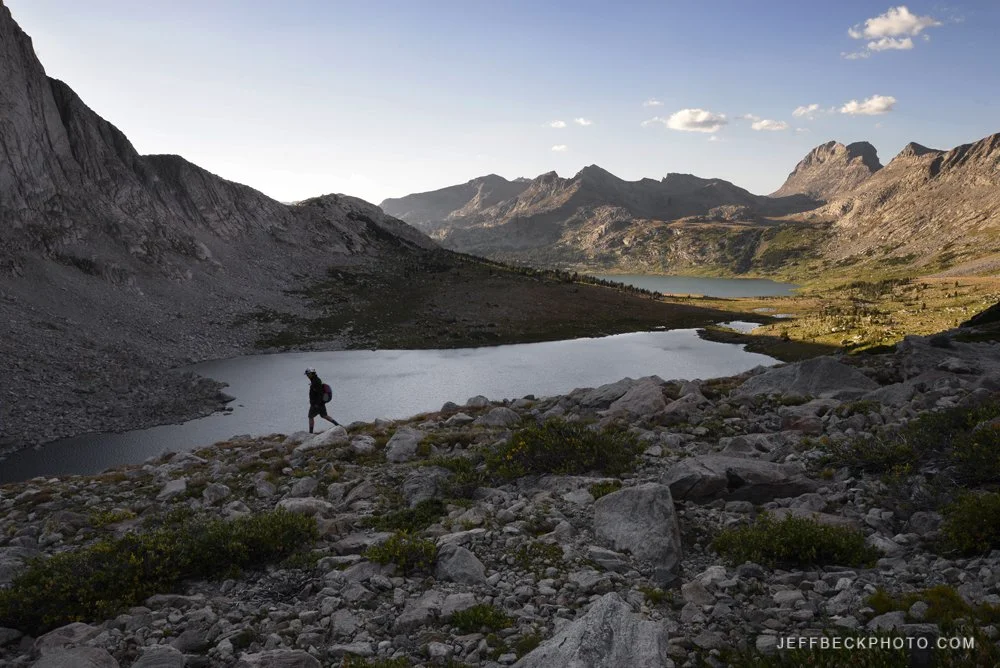The first week of July, I finally made it to Red Castle Lakes in Utah's High Uintas Wilderness. This place had been on my radar for at least a decade, but for whatever reason (maybe because the trailhead is two and a half to three hours from Salt Lake City) it wasn't a priority until a couple of weeks ago.
I decided to take the Bald Mountain route from the Cache trailhead. This is the most direct route into the upper Smiths Fork River drainage; only ten miles to Red Castle Lake. The Bald Mountain Trail boasts spectacular views as you skirt the east side of Bald Mountain and walk the broad ridge towards Squaw peak. The price: an immediate and steep climb and the knowledge that you'll have to climb back up to Bald Mountain after dropping into upper Smiths Fork.
The Cache trailhead start saves a mile of walking from the East Fork Blacks Fork trailhead, where there is a bridge, by fording the river. It was an inauspicious start to the trip when the first thing I did after missing the trail was fall in the river. On the bright side, I was passed the deep part when I slipped and was able to hold my shoes and socks mostly above the water as I fell.
I was impressed that my old Kelty backpack didn't let much water in and my new Kelty Ignite Dri Down bag stayed dry, as promised. Unbiased plug for Kelty brand outdoor gear. Kelty, if you're reading this, I'd be happy to review any gear you'd like to send me. ;-)
At first I didn't even realize I was off the trail. I just started following a dirt road towards the river, from the trail crossing sign on the East Fork Blacks Fork road. I didn't even see the nondescript trail cutting east just past a well used campsite maybe a hundred yards from the main road. I wasted a little bit of time and energy making my way over and around fallen timber as I cut across the mountainside, before intersecting the trail on a long steep switchback.
The rest of my hike was less eventful. Mostly just contending with jaw dropping views and infinite mosquitoes; and trying to create some images that could express some fraction of the beauty I was experiencing. Next time I backpack in to Red Castle Lakes, I'm going in September and/or I'm taking a mosquito head net. Seriously, the mosquitoes were relentless.









